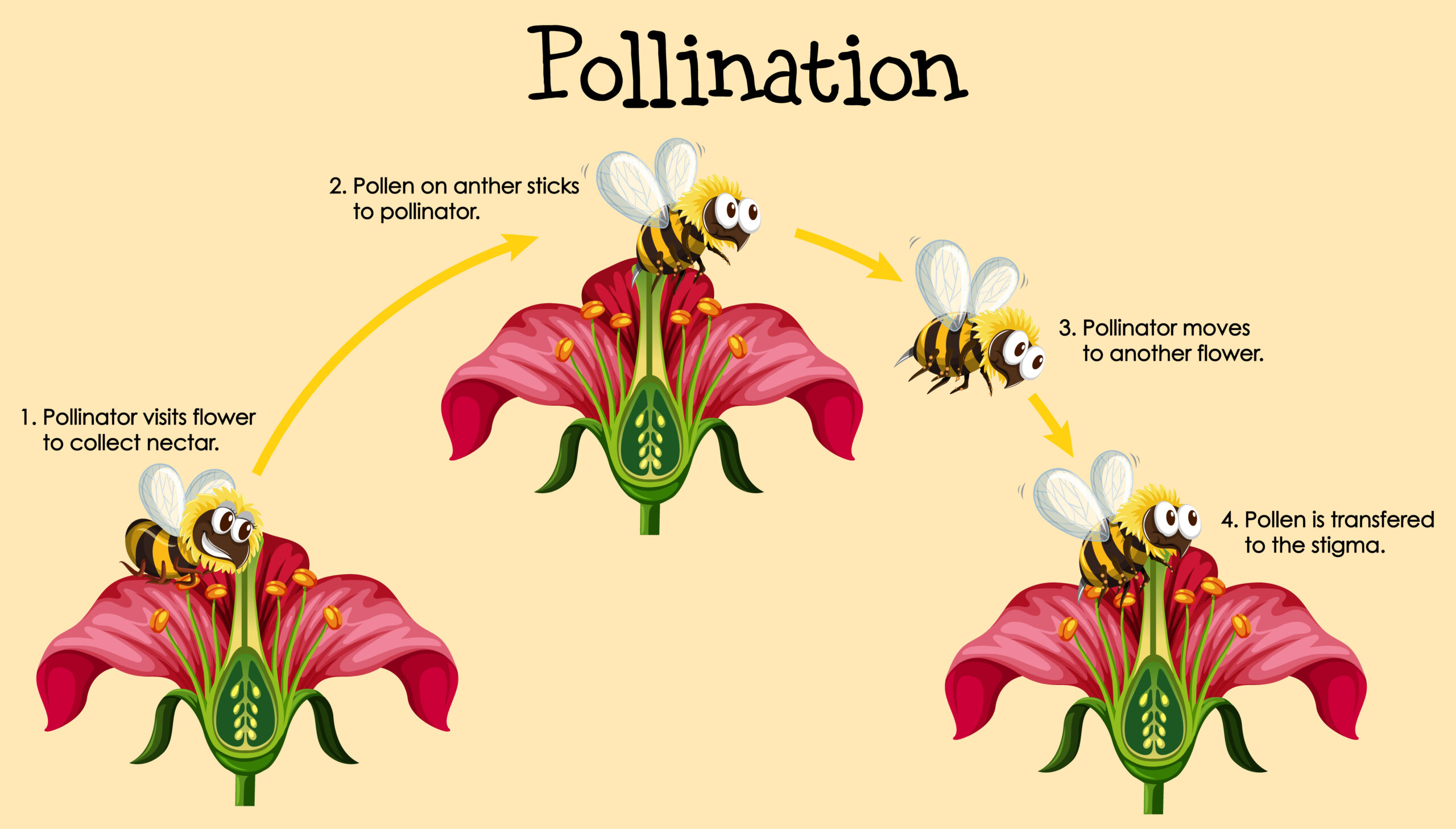Are you tired of struggling to keep your garden healthy and vibrant? Are pests and diseases constantly ruining your hard work? It’s time to try companion planting, the secret to a flourishing home garden.
This gardening technique is like having a buddy system for your plants, as certain plants can help each other grow and thrive.
As the saying goes, ‘two heads are better than one,’ and the same goes for plants. Companion planting involves strategically planting different crops together to create a harmonious environment that benefits all plants involved.
Not only does it improve soil fertility, reduce the risk of pests and diseases, and increase yields, but it also adds an aesthetically pleasing element to your garden. So, let’s dive into the world of companion planting and learn how to create a thriving garden.
What is Companion Planting?
Discover the art of combining different plants in your garden to create a harmonious and beneficial ecosystem. This is what companion planting is all about.
It’s a practice of planting two or more plants together that will mutually benefit each other. Companion planting has been used for centuries, dating back to the Native Americans and the Aztecs.
This method of planting involves the use of certain plants to repel pests, attract beneficial insects, and improve soil health. One of the benefits of companion planting is pest control. Certain plants, such as marigolds and garlic, are known to repel pests like aphids and mosquitoes.
Another benefit is the attraction of pollinators and beneficial insects. Plants like sunflowers and dill attract bees, butterflies, and ladybugs, which are necessary for pollination and pest control. Companion planting also improves soil health by adding nutrients and organic matter to the soil.
Examples of companion planting include planting basil with tomatoes, planting nasturtiums with cucumbers, and planting onions with carrots. The history and science of companion planting have proven that this method is an effective and natural way to maintain a flourishing garden.
Benefits of Companion Planting
You might not realize it, but planting certain types of plants together is like having a team of superheroes in your garden – each one playing a unique role and supporting the others to save the day (or, in this case, your crops).
This is the essence of companion planting, a gardening technique that involves planting different crops together to make the most of the benefits they offer.
One of the most significant benefits of companion planting is improved soil health. Certain plants, such as legumes, have the ability to fix nitrogen in the soil, which can then be used by other plants in the vicinity. This means that companion planting can reduce the need for synthetic fertilizers, which can harm the environment.
Another benefit of companion planting is natural pest control. Some plants have natural defenses against pests, and planting them together can help to keep pests at bay. For example, planting marigolds alongside vegetables can help to repel certain insects that can damage crops. Similarly, planting herbs such as basil, thyme, and rosemary can help to deter pests and improve the flavor of neighboring crops.
Companion planting can also attract beneficial insects, such as bees and butterflies, which can help to pollinate crops and improve the overall health of your garden.
By taking advantage of the benefits of companion planting, you can create a thriving home garden that is both eco-friendly and productive.
How to Choose Compatible Plants
Now that you know the benefits of planting certain crops together, let’s talk about how to choose compatible plants that work well together in your garden.
There are two types of planting methods you can use: interplanting and companion planting. Interplanting involves planting different types of plants in the same area, while companion planting is the intentional planting of two or more plant species in close proximity for mutual benefit.
When choosing companion plants, it’s important to consider factors such as the plants’ growth habits, nutrient needs, and pest susceptibility. Companion planting for pest control is a popular method that involves planting certain plants together to naturally repel pests.
For example, planting marigolds next to your tomatoes can help deter tomato hornworms. Similarly, planting basil alongside your tomatoes can help repel aphids and spider mites.
When choosing companion plants for pest control, be sure to research which plants work best for the specific pests you’re trying to repel. By choosing compatible plants, you can create a thriving garden that is both beautiful and functional.
Tips for Successful Companion Planting
Get ready to take your green thumb skills to the next level with some helpful tips on how to make your plant pals work together in perfect harmony.
When it comes to companion planting, the key is to choose plants that complement each other’s growth patterns, nutrient needs, and pest repelling abilities. But that’s only half the battle.
You also need to pay attention to plant spacing and crop rotation to ensure that your garden stays healthy and productive year after year.
Plant spacing is critical for companion planting success. Some plants, like tomatoes and peppers, need plenty of space to grow and produce fruit. Others, like lettuce and spinach, can be planted closer together. A good rule of thumb is to space plants according to their mature size and growth habit.
Crop rotation is another important consideration. By rotating your crops each year, you can help prevent soil-borne diseases and pests from taking hold. For example, if you grew tomatoes in one bed last year, plant them in a different bed this year to reduce the risk of fungal diseases and nematodes building up in the soil.
Interplanting is another effective strategy for successful companion planting. By planting multiple crops in the same bed, you can maximize your garden space and improve soil health. For example, you could plant beans and corn together, as the beans fix nitrogen in the soil that the corn can use.
You could also plant herbs like basil and parsley alongside your tomatoes to repel pests and improve flavor. Insect control is another important consideration. Some plants, like marigolds and nasturtiums, are known for their pest-repelling properties. By planting these alongside your veggies, you can help keep destructive insects at bay.
Common Combinations for Companion Planting
Discover some common combinations that can enhance the harmony between your plants and maximize their potential.
Crop rotation is an important aspect of companion planting, and one popular combination is planting legumes with brassicas. Legumes, such as beans and peas, can fix nitrogen in the soil, which is essential for the growth of brassicas, like broccoli and cauliflower. Additionally, brassicas are susceptible to pests like aphids, but planting them with legumes can deter these pests and improve their overall health and yield.
Another common combination for companion planting is planting herbs with vegetables. Herbs like basil, thyme, and oregano can attract beneficial insects like bees and butterflies, which can help pollinate nearby vegetables. Additionally, some herbs like rosemary and mint can repel pests like aphids and cabbage moths. Plus, herbs can also be used for culinary purposes, making them a great addition to any home garden.
With so many benefits to companion planting, experimenting with different combinations can lead to a flourishing and productive garden.
Conclusion
Congratulations, you’re now equipped with the knowledge and skills to start your own flourishing home garden through companion planting!
Remember, companion planting is the practice of growing certain plants together to benefit each other, whether it’s by improving soil quality, attracting beneficial insects, or deterring pests.
By choosing compatible plants and following some tips for success, you can create a diverse and healthy garden that yields an abundance of fresh produce.
As you embark on your journey of companion planting, always keep in mind the benefits that come with this practice.
Not only are you improving the health of your soil and plants, but you’re also reducing the need for harmful pesticides and herbicides.
Plus, the combinations of plants you choose can add aesthetic appeal to your garden, creating a beautiful and functional space.
So go ahead and experiment with different combinations and see the magic of companion planting unfold before your eyes.
Happy gardening!









